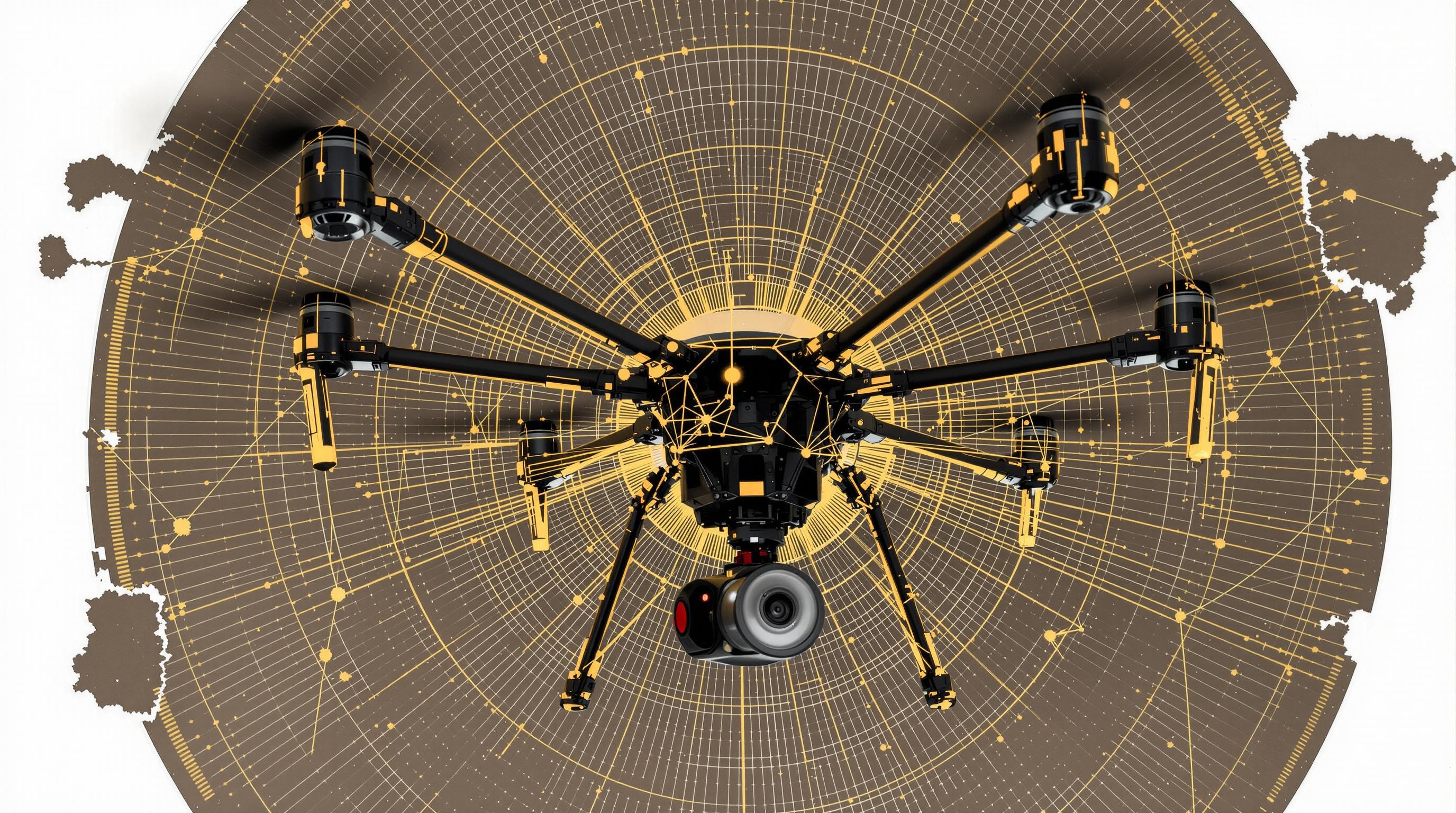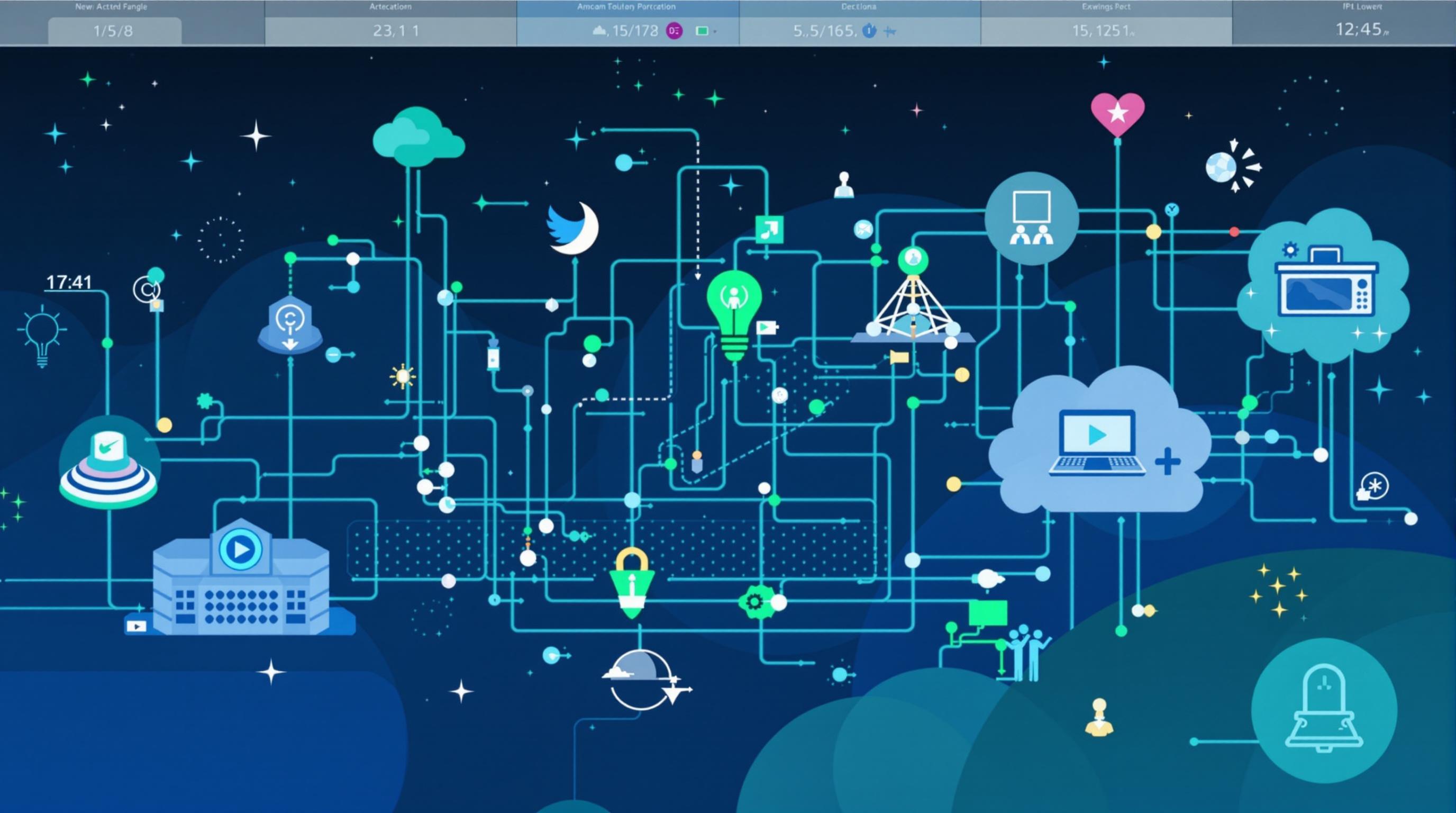Related Articles
- Harnessing Nostalgia: How Memory Mapping Can Inspire Innovative Urban Infrastructure Solutions
- Revealing the Invisible: How Urban Legends Influence Public Perception of Infrastructure Projects
- Whimsical Structures: How Playgrounds Can Inspire Innovative Approaches to Urban Infrastructure Development
- The Enigmatic Impact of Dark Fiber Networks on the Future of Digital Ecosystems and Their Capacity to Scale
- Beyond the Horizon: Exploring the Impact of Cultural Nuances on Global Digital Infrastructure Expansion
- Whispers of the Future: How AI-Driven Edge Computing Redefines Network Resilience and Flexibility
Navigating the Abyss: The Hidden Influence of Serverless Architectures on Digital Wilderness Exploration
Navigating the Abyss: The Hidden Influence of Serverless Architectures on Digital Wilderness Exploration
Serverless architectures are revolutionizing the way we explore digital landscapes, making wilderness exploration more efficient and accessible than ever. This article delves into the often-overlooked impacts of serverless computing on modern exploration tools, examining both the challenges and innovations that have emerged.
The Serverless Revolution
The term "serverless" might be misleading; after all, servers still exist, but they’re hidden from developers and users alike. According to a report by Gartner, the serverless market is projected to reach $14.9 billion by 2026. This staggering growth reflects businesses’ growing interest in offloading infrastructure management in favor of focusing on innovation.
From Campfires to Clouds: The Evolution of Exploration Tools
Think back to the days of exploring uncharted territories with a trusty map and compass. Fast forward to today, and you’ll find that our adventurous spirit is now fueled by technology. The fusion of serverless architectures and exploration platforms is opening new horizons. For instance, geospatial analysis tools like Mapbox leverage serverless functions—allowing adventurers to visualize remote areas and dine at digital campfires with friends across the globe.
How Serverless Impacts Field Research
Explorers often gather vast amounts of data that need processing upon return to civilization. But with serverless computing, researchers can analyze data in real time, directly from the field. For example, the deployment of AWS Lambda functions has enabled ornithologists to monitor avian migration patterns efficiently, using data from Internet of Things (IoT) devices. A 2021 study showed a 50% increase in the speed of data processing due to real-time serverless functions (Source: Journal of Computational Biology).
The Accessibility Factor
The democratization of exploration is another significant impact of serverless architectures. Anyone with an internet connection can leverage tools like Google Cloud Functions to analyze their own data without needing extensive technical knowledge. Imagine a budding naturalist correlating weather patterns with animal behavior simply using serverless technologies. It’s akin to having a digital guide ready to assist—but the guide is the cloud.
Statistics That Wow
Data certainly speaks volumes, so let’s consider some facts. According to the National Oceanic and Atmospheric Administration (NOAA), more than 70% of the Earth’s surface is covered by water, much of which remains unexplored. Serverless solutions make it feasible to deploy underwater drones equipped with sensors to map these uncharted territories without significant upfront investment in server infrastructure.
Risks and Challenges of Serverless Architectures
But for all the upsides, serverless architectures bring along their own set of challenges. For instance, without proper control, individuals can unknowingly rack up costs due to functions being triggered without oversight. Such scenarios may lead to budget blowouts for nascent explorers who are unaware of the billing structures associated with serverless computing.
The Erosion of Traditional Skills
Moreover, there is concern that reliance on serverless technologies diminishes traditional exploration skills. With a plethora of digital tools at our fingertips, there's a genuine risk of forgetting how to read a map or navigate by the stars. In the grand tapestry of exploration, knowing when to unplug may be just as important as advancing.
Humor Meets Adventure
Imagine this: a group of digital explorers sets off on a quest to capture 3D models of a forest. Halfway through, a developer realizes they forgot the cloud function's endpoint. “What do we do now? Call IT support?” They chuckle as they realize they’re lost—both physically and technically. Thankfully, in a serverless world, they could still tweet about their misadventure and potentially find locals offering navigation advice.
Case Studies in Action
For those needing inspiration, consider the case study of the Ocean Exploration Trust. Their team uses serverless platforms in tandem with advanced sonar technology to map the ocean floor efficiently. They save both time and resources by processing data live, sharing findings in real-time with an audience that expands far beyond the confines of traditional presentations.
Privacy and Data Security
As digital explorers brave new frontiers, the quest for data integrity becomes paramount. With many serverless providers handling sensitive data, knowing how to secure this information is crucial. Utilizing techniques like encryption and following best practices for API management can help mitigate risks associated with data breaches and unauthorized access.
Creativity in Exploration
Serverless architectures do not just streamline processes; they inspire creativity. Artists are using serverless platforms to create immersive experiences. Just picture an augmented reality app that helps users locate and identify wildlife during hikes—powered by serverless functions running in the background. Such applications bolster both education and conservation, giving users a deeper connection to their environment.
The Future Awaits
What does the future hold for serverless architectures in expeditionary fields? As technology evolves, so too will the tools utilized by modern explorers. We might witness more open-source serverless platforms, enabling anyone to contribute to projects ranging from wildlife conservation to mapping rainforests. An empowering moment in exploration methodology, perhaps?
Closing Thoughts
As we navigate the abyss of technological advancement, one thing is clear: serverless architectures are redefining exploration’s landscape. By enhancing accessibility and efficiency while presenting challenges that deviate from traditional methods, they carve out an exciting path forward. To every adventurer, whether you're leading a digital expedition or simply seeking wisdom in the wilderness, embrace the change—because the future of exploration is one where cloud and creativity collide.





